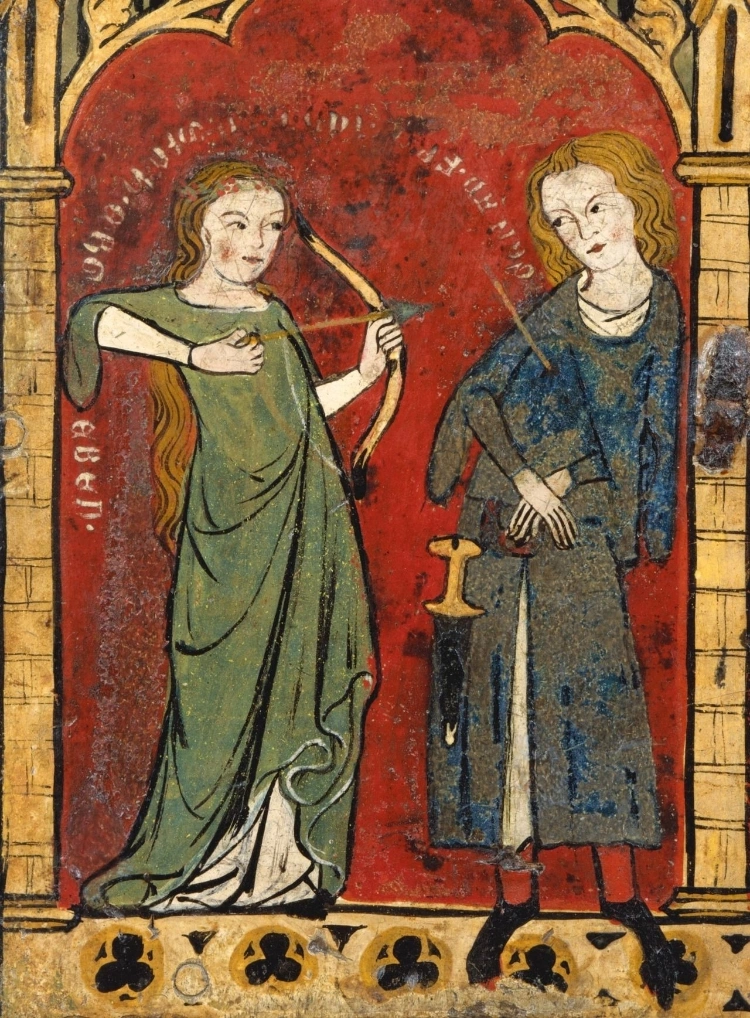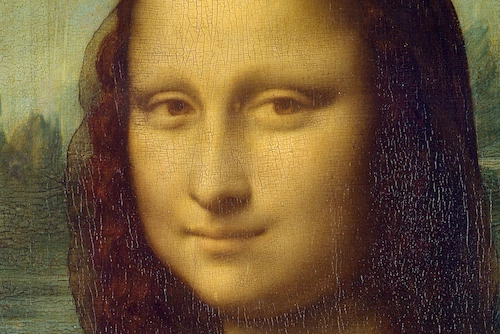The History of Oil Paint Pigments
by David Fox
Oil paint is one of the most popular mediums in art. It’s a slow-drying paint that is made up of pigment particles suspended in linseed oil. The viscosity of oil paint can be altered by adding a solvent like white spirit or turpentine.
The glossiness can be increased with the addition of varnish. The first use of oil paint has been dated back to 650 AD with the use of walnut and poppy seed oils. The medium was not totally adopted into the mainstream until the early 15th century.
“To a non-painter, oil paint is uninteresting and faintly unpleasant. To a painter, it is the life’s blood: a substance so utterly entrancing, infuriating, and ravishingly beautiful that it makes it worthwhile to go back into the studio every morning, year after year, for an entire lifetime.” – James Elkins
Classical and Medieval Periods
During the ancient Greek, Roman, and Egyptian civilizations, people would use vegetable oils to create pigments, but there is not much evidence to suggest that they were used in artwork and painting.
Linseed oil was not used during this time because it tended to darken and crack and dry very slowly, unlike wax and mastic.
Aetius Amidenus, the Greek writer, had recorded recipes for the use of oils for drying purposes, like hempseed, pine nut, castor, poppy, walnut, and linseed.

These oils became resinous when thickened and could be used as a varnish to protect and seal paintings from water. When they would add yellow pigment to the oil, it was spread over the tin foil to create a gold leaf look-a-like.
Christian monks developed these methods further and used them in their own artworks. The twelfth-century German Monk, Theophilus Presbyter, advocated for linseed oil but suggested against olive oil because of the drying time. Oil paint was typically used during this time as a waterproof cover for exposed woodwork and house decoration.
During the thirteenth and fourteenth centuries, oil was used as a detail for tempera paintings. The slow drying times of organic oils were considered a significant disadvantage, so they weren’t often used as the primary material in paintings.

Renaissance and Beyond
As art trends moved towards naturalism, tempera paints quickly became ineffective because of their fast drying time. Artists were trying to achieve highly detailed and precise strokes that only oil paints could achieve.
In the fifteenth-century, the Early Netherlandish painting marked the rise of oil painting. Artists started working purely in oils or the combination of tempera and oil paints.
By the sixteenth century, oil paints became the standard. There is a common misconception that Jan van Eyck invented oil painting, initially claimed by Vasari, which is incorrect, but he did become one of the most proficient and talented users of the medium.

Van Eyck’s mixture for oil pigments included calcined bones, mineral pigments, and piled glass that were boiled in linseed oil until they reached a suitable viscous state or used sun-thickened oils that were oxidized by exposure to sunlight.
Flemish-trained artist Antonello da Messina also improved the formula of pigments by adding lead oxide or litharge. It created a honey-like consistency and better drying consistency while preventing cracking. His mixture was considered “cooked oil” and was called oglio cotto.

Leonardo da Vinci would continue to improve the consistency by cooking the mixtures at a low temperature and adding beeswax. This darkened the pigments. Titian, Tintoretto, and Giorgione would all go on to alter the recipe for their work as well.
“The linseed oil in binders and mediums bounce the light around and give oil paintings a certain glow. You see it in Mona Lisa’s face, and much of Tiepolo’s and Titian’s work.” – Cassandra James

The Paint Tube
Invented in 1841 by painter John Goffe Rand, the paint tube was created. Before this, glass syringes and pig bladders were used for this purpose.
The paint tube was an innovative creation, and it changed the way some artists worked. In the past, artists and their assistants would ground each pigment by hand and carefully mix the oils for just as much as they needed.
With the creation of the paint tube, paints could now be produced in bulk, saved for later, or sold.

With the cap being able to preserve the pigment for later, it allowed a lot more flexibility for painters, allowing them to change locations, or take breaks.
Artists could take the bulk-produced pigments and alter the consistency as they pleased. Artist Pierre-Auguste Renoir said, “Without tubes of paint, there would have been no Impressionism.” Impressionists use tubed paints to make spontaneous pigment choices and for Plein air palettes.

Current Day Oil Paint
Oil paint is still made from particles of pigment mixed with a carrier oil. Modern paints have more additives like titanium dioxide, zinc oxide, and red to yellow cadmium pigments.
Some classes of oil paint contain ochre, sienna and umber. Some pigments are derived from living organisms like madder roots.

Synthetic organic pigments are also available, but natural pigments have the benefits of being used for hundreds of years.
Synthetic pigments have allowed us to expand the number of colours produced, and many have achieved a high level of lightfastness.
Upon its initial creation and introduction to the arts, there was a limited range of colours like lea white, lamp black, umber, lead-tin yellow, kermes, azurite, vermillion, yellow ochre, ultramarine, and verdigris.
The pigments ranged in price and were sold by specialists called colour men. They would take the pigments back to their studios and grind and mix them with their own oils.
Now, oil colour is made through a similar process to the fifteenth-century method. Pigments are milled with linseed oil or safflower oil.
The best quality colour is not achieved by milling by hand but using a variety of different methods. Each pigment is individual, so the type of oil used, how many passes through the triple roll mill, and how much oil is used depend on each pigment.
“Oil painting is like having a mistress: seductive, endlessly fascinating, but eternally elusive.” – Andrew Hamilton

Sources:
https://en.wikipedia.org/wiki/Oil_paint
https://theroi.co.uk/history-of-oil-paint/
http://www.art-quotes.com/getquotes.php?catid=208#.YEJh7S295Z0

About David Fox
David Fox is an artist who created davidcharlesfox.com to talk about art and creativity. He loves to write, paint, and take pictures. David is also a big fan of spending time with his family and friends.
Leave a Reply
 |
 |
 |
 |
Now get FREE Gifts. Or latest Free phones here.
Disable Ad block to reveal all the secrets. Once done, hit a button below
 |
 |
 |
 |